
Disneyland opens
Disneyland, Walt Disney’s metropolis of nostalgia, fantasy and futurism, opens on July 17, 1955. The $17 million theme park was built on 160 acres of former orange groves in Anaheim, California, and soon brought in staggering profits. Today, Disneyland hosts more than 18 million visitors a year, who spend close to $3 billion.
Walt Disney, born in Chicago in 1901, worked as a commercial artist before setting up a small studio in Los Angeles to produce animated cartoons. In 1928, his short film Steamboat Willy, starring the character “Mickey Mouse,” was a national sensation. It was the first animated film to use sound, and Disney provided the voice for Mickey. From there on, Disney cartoons were in heavy demand, but the company struggled financially because of Disney’s insistence on ever-improving artistic and technical quality. His first feature-length cartoon, Snow White and the Seven Dwarfs (1938), took three years to complete and was a great commercial success.
Snow White was followed by other feature-length classics for children, such as Pinocchio (1940), Dumbo (1941), and Bambi (1942). Fantasia (1940), which coordinated animated segments with famous classical music pieces, was an artistic and technical achievement. In Song of the South (1946), Disney combined live actors with animated figures, and beginning with Treasure Island in 1950 the company added live-action movies to its repertoire. Disney was also one of the first movie studios to produce film directly for television, and its Zorro and Davy Crockett series were very popular with children.
In the early 1950s, Walt Disney began designing a huge amusement park to be built near Los Angeles. He intended Disneyland to have educational as well as amusement value and to entertain adults and their children. Land was bought in the farming community of Anaheim, about 25 miles southeast of Los Angeles, and construction began in 1954. In the summer of 1955, special invitations were sent out for the opening of Disneyland on July 17. Unfortunately, the pass was counterfeited and thousands of uninvited people were admitted into Disneyland on opening day. The park was not ready for the public: food and drink ran out, a women’s high-heel shoe got stuck in the wet asphalt of Main Street USA, and the Mark Twain Steamboat nearly capsized from too many passengers.
Disneyland soon recovered, however, and attractions such as the Castle, Mr. Toad’s Wild Ride, Snow White’s Adventures, Space Station X-1, Jungle Cruise, and Stage Coach drew countless children and their parents. Special events and the continual building of new state-of-the-art attractions encouraged them to visit again. In 1965, work began on an even bigger Disney theme park and resort near Orlando, Florida. Walt Disney died in 1966, and Walt Disney World was opened in his honor on October 1, 1971. Epcot Center, Disney-MGM Studios, and Animal Kingdom were later added to Walt Disney World, and it remains Florida’s premier tourist attraction. In 1983, Disneyland Tokyo opened in Japan, and in 1992 Disneyland Paris–or “EuroDisney”–opened to a mixed reaction in Marne-la-Vallee. Disneyland in Hong Kong opened its doors in September 2005.

21ST CENTURY
2014
Eric Garner dies in NYPD chokehold
On July 17, 2014, two New York Police Department officers confront Eric Garner, a 43-year-old African American father of six, for illegally selling cigarettes. Garner dies after losing consciousness as a police officer locks him in an illegal chokehold.

21ST CENTURY
2014
Malaysia Airlines Flight 17 shot down over the Ukraine-Russia border
On July 17, halfway through a flight from Amsterdam to Malaysia, a passenger plane was shot down over the war-torn Ukraine-Russia Border. All 298 people on board, most of whom were citizens of the Netherlands, died in the explosion.
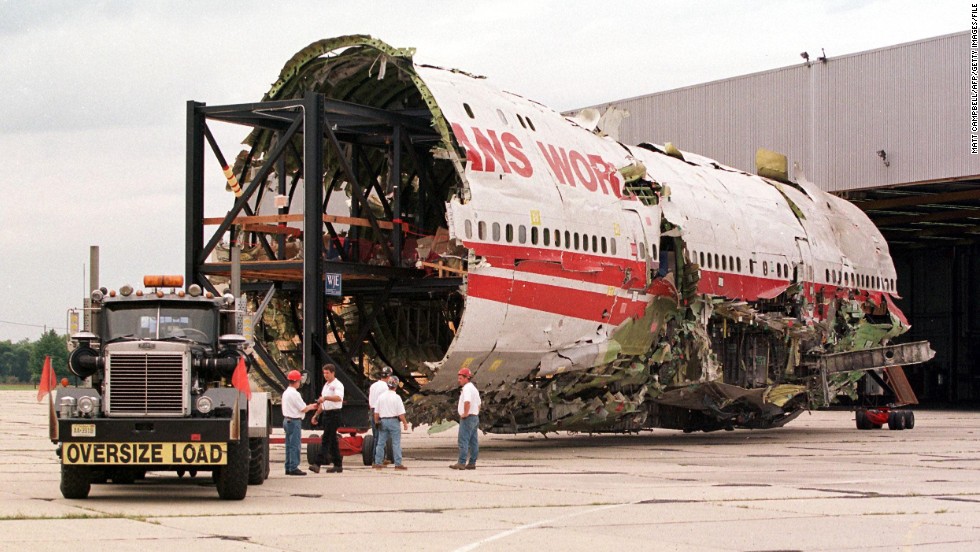
1996
Flight 800 explodes over Long Island
Shortly after takeoff from New York’s Kennedy International Airport, a TWA Boeing 747 jetliner bound for Paris explodes over the Atlantic Ocean, killing all 230 people aboard. Flight 800 had just received clearance to initiate a climb to cruise altitude when it exploded.
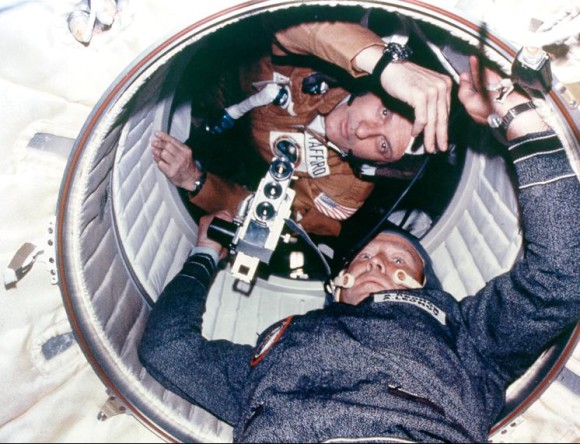
SPACE EXPLORATION
1975
Superpowers meet in space
As part of a mission aimed at developing space rescue capability, the U.S. spacecraft Apollo 18 and the Soviet spacecraft Soyuz 19 rendezvous and dock in space. As the hatch was opened between the two vessels, commanders Thomas P. Safford and Aleksei Leonov.

EXPLORATION
1938
Douglas “Wrong Way” Corrigan crosses the Atlantic
Douglas Corrigan, the last of the early glory-seeking fliers, takes off from Floyd Bennett field in Brooklyn, New York, on a flight that would finally win him a place in aviation history. Eleven years earlier, American Charles A. Lindbergh had become an international celebrity.
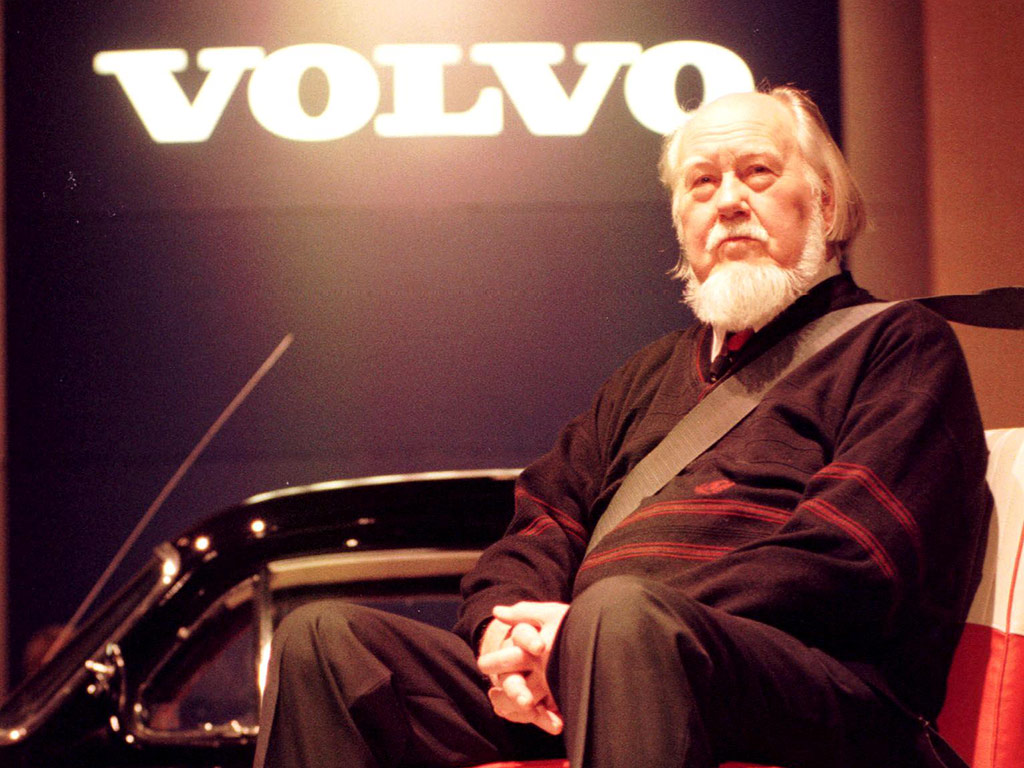
INVENTIONS & SCIENCE
1920
Three-point seatbelt inventor Nils Bohlin born
Nils Bohlin, the Swedish engineer and inventor responsible for the three-point lap and shoulder seatbelt–considered one of the most important innovations in automobile safety–is born on July 17, 1920 in Härnösand, Sweden.

SPORTS
1941
Joe DiMaggio ends 56-game hitting streak
On July 17, 1941, New York Yankees center fielder Joe DiMaggio fails to get a hit against the Cleveland Indians, which brings his historic 56-game hitting streak to an end. The record run had captivated the country for two months. Joseph Paul DiMaggio was born November 25, 1914.

U.S. PRESIDENTS
1945
President Harry Truman records his impressions of meeting Stalin
On July 17, 1945, President Harry S. Truman records his first impressions of Stalin in his diary. Truman described his initial meeting with the intimidating Soviet leader as cordial.

WESTWARD EXPANSION
1763
John Jacob Astor is born
Destined to make a fortune from the furs of the American West, John Jacob Astor is born in modest circumstances in the small German village of Waldorf.

ART, LITERATURE, AND FILM HISTORY
1967
Jimi Hendrix drops out as opening act for The Monkees
On July 17, 1967, one of the oddest musical pairings in history comes to an end when Jimi Hendrix dropped out as the opening act for teenybopper sensations The Monkees.
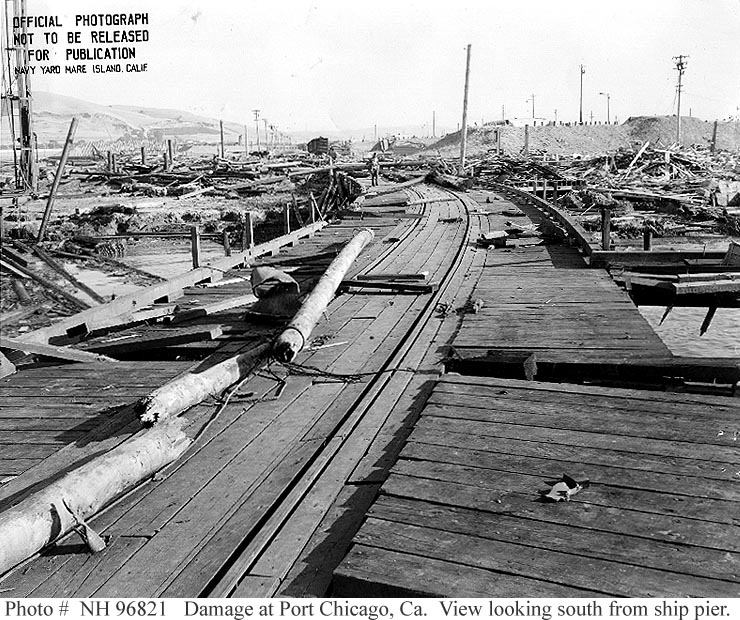
WORLD WAR II
1944
An ammunition ship explodes in the Port Chicago disaster
An ammunition ship explodes while being loaded in Port Chicago, California, killing 332 people on July 17, 1944. The United States’ World War II military campaign in the Pacific was in full swing at the time. Poor procedures and lack of training led to the disaster.

WORLD WAR II
1945
Potsdam Conference begins
The final “Big Three” meeting between the United States, the Soviet Union and Great Britain takes place towards the end of World War II. The decisions reached at the conference ostensibly settled many of the pressing issues between the three wartime allies.
TODAY IN NIGERIA HISTORY
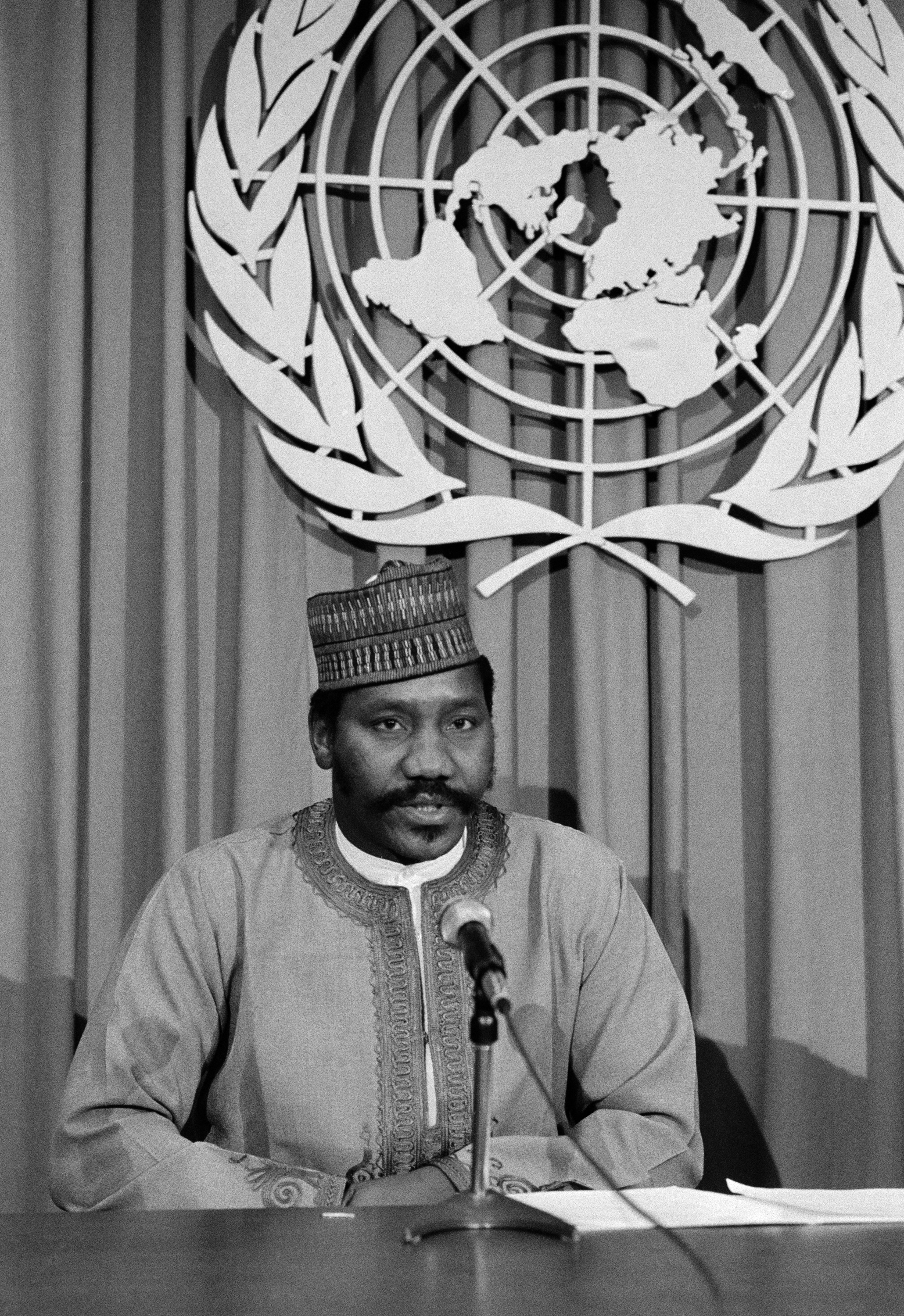
1943 Major-General Joseph Nanven Garba, general, diplomat, and politician, born at Langtang, Plateau State. He served as president of the United Nations General Assembly from 1989 to 1990.
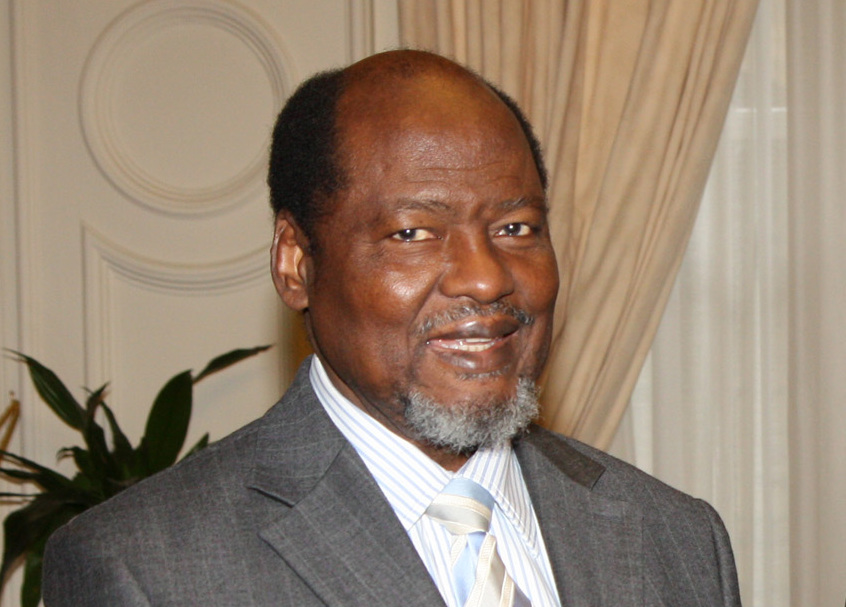
2003 Mozambican President Joaquim Chissano, chairman of the African Union , flew to Nigeria to discuss with President Olusegun Obasanjo possible military action to restore the de Menezes' democratic government. In response, revolting military forces surrounded the Nigerian embassy

2003 Leon Sullivan economic summit commenced in Abuja
Comments
Post a Comment